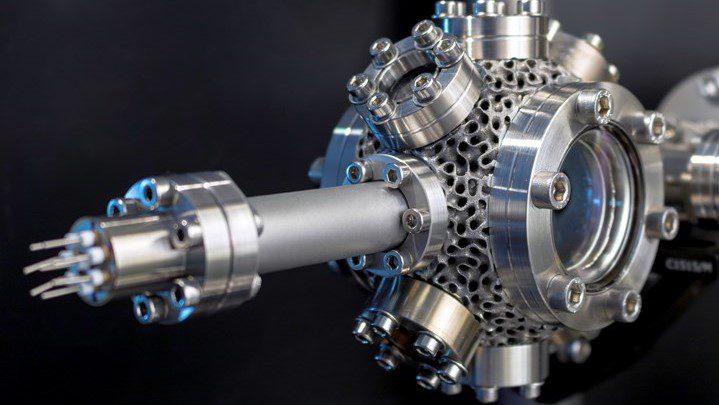A feasibility study shows that laser sintered AlSi10Mg can build an ultrahigh vacuum chamber capable of holding a cloud of rubidium atoms. The promise? Lighter, more portable designs to bring research out of the lab.
Can 3D printed AlSi10Mg hold an ultra high vacuum, capable of containing rubidium atoms?
That day could be soon. The results of a feasibility study undertaken by Added Scientific in conjunction with the University of Nottingham and the University of Sussex indicate that metal 3D printing is not only a valid manufacturing method for these ultrahigh vacuums (UHVs), but one that offers significant potential benefits for the future of quantum research and applications.
Quantum positioning systems could one day replace satellite-based GPS, for instance. But for many of these advances to happen, quantum research has to come out of lab environments — and therefore UHV chambers must become more portable. Long term that will mean smaller, lighter chambers, potentially manufactured additively.
Source: Additive Manufacturing Media
Click here to read the full article.

